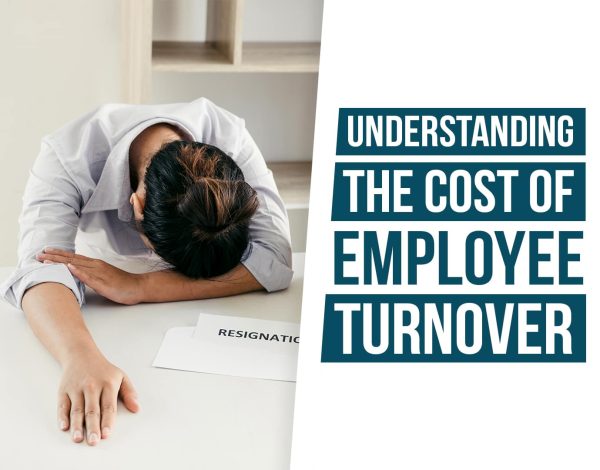Every business or organization experiences employee turnover at some point. Understanding the cost of employee turnover can help organizations budget for replacement costs and plan for organizational changes.
Employee turnover is often thought of as a purely financial issue, but it can also have impacts on morale, productivity, and company culture. In this blog post, we’ll explore the different types of costs associated with employee turnover and how they can impact your organization. By understanding the cost of employee turnover, you can make informed decisions about your workforce and budget accordingly.
what is Employee Turnover and why does it matter?
The term employee turnover is often used to describe the process of replacing staff members or losing them to other places of work. This can involve employees leaving voluntarily, resigning, being fired, or any instance in which they no longer continue working with their current employer.
Understanding employee turnover is essential from both an employer and employee perspective because it affects the costs associated with hiring new personnel and disruptions in continuity of service that come with new employees not having all the necessary knowledge about their roles and the business. Moreover, businesses lose out on investments made in training departing employees due to prolonged onboarding periods for replacements. As such, understanding and managing employee turnover should be a key priority for every organization striving for success.
The direct costs of employee turnover
Employee turnover is an expensive and potentially damaging process for any business, with direct costs that can greatly increase as turnover rates rise. Direct costs are those associated with the actual action of replacing an employee, including recruiter fees, advertising costs and other expenses related to the hiring process. These costs can be calculated in various ways, depending on the size of a company, its hiring practices, and more.
For instance, smaller businesses may calculate direct costs based on how much it costs to advertise for open positions and the time spent by employees recruiting potential candidates. Larger companies might have entire recruitment departments dedicated to finding new employees, whose salaries must be added into the total cost of replacement. Additionally, some companies factor in relocation expenses such as travel or housing allowances when calculating direct costs associated with employee turnover.
The indirect costs of employee turnover
In addition to these monetary factors, it’s important to consider intangibles when measuring the overall cost of employee turnover. This includes lost productivity from workers who have left their posts and time taken away from existing staff who must train new hires or cover for staffing shortages until replacements are found. There’s also the possibility of reduced customer service due to inexperienced, ill-prepared staff members which could lead to negative reviews, grief and stress among remaining employees due to disruption caused by the sudden change in team dynamics, additional training expenses to integrate a new hire, and hiring events designed to attract new talent.
The true impact of employee turnover may not be known until months after they’ve left their post, so it’s important that employers take proactive measures to keep their turnover rate low.
How to determine the cost of employee turnover
While it’s impossible to put an exact dollar value on the cost associated with an individual leaving their job and needing to be replaced, there are several methods that can be used to estimate the total amount.
The most basic approach for determining the cost of employee turnover is calculating direct costs such as recruitment, hiring, and training expenses. This includes advertising and promotional expenses associated with hiring campaigns; fees from recruiting agencies or headhunters; onboarding and orientation expenses; travel costs for new employees; relocation costs; and any other direct costs related to the recruitment process.
Another way of measuring the cost of employee turnover is by using a ‘replacement ratio.’ This method estimates how much time and money will be needed to replace one departing employee by looking at the number of hours that current employees spend on training or developing new staff members. The longer it takes an organization to find a suitable replacement, the higher the cost associated with replacing them will be in terms of lost productivity and overtime pay for existing workers.
In addition to these direct costs, organizations should also consider indirect costs when estimating employee turnover. These include decreased customer service levels due to reduced staff numbers; decreased morale among existing employees who have to shoulder additional workloads during a period of transition; potential damage done to company reputation due to disruptions caused by changes in staffing; legal fees associated with any wrongful termination claims filed by ex-employees; and any regulatory fines caused by violations related directly or indirectly to personnel changes.
Although it’s difficult to accurately determine all the financial implications associated with employee turnover, understanding these factors can help companies plan ahead for future staffing needs and make better decisions about their workforce management strategies. Additionally, there are many employee turnover calculators online that can help give you a rough estimate of the cost of your employee turnover. We recently created an employee turnover calculator that will be very beneficial in determining your company’s cost of employee turnover.








